Chernobyl Nuclear Power Plant Zone of Alienation
About 10 years ago I had a chance to visit Chernobyl Nuclear Power Plant Zone of Alienation. In fact, nowadays anybody can legally visit it one way or another. It is relatively safe out there and most of the territory is unrestricted - for instance, there are people living in the town of Chernobyl. But certain parts of The Zone are off limits.
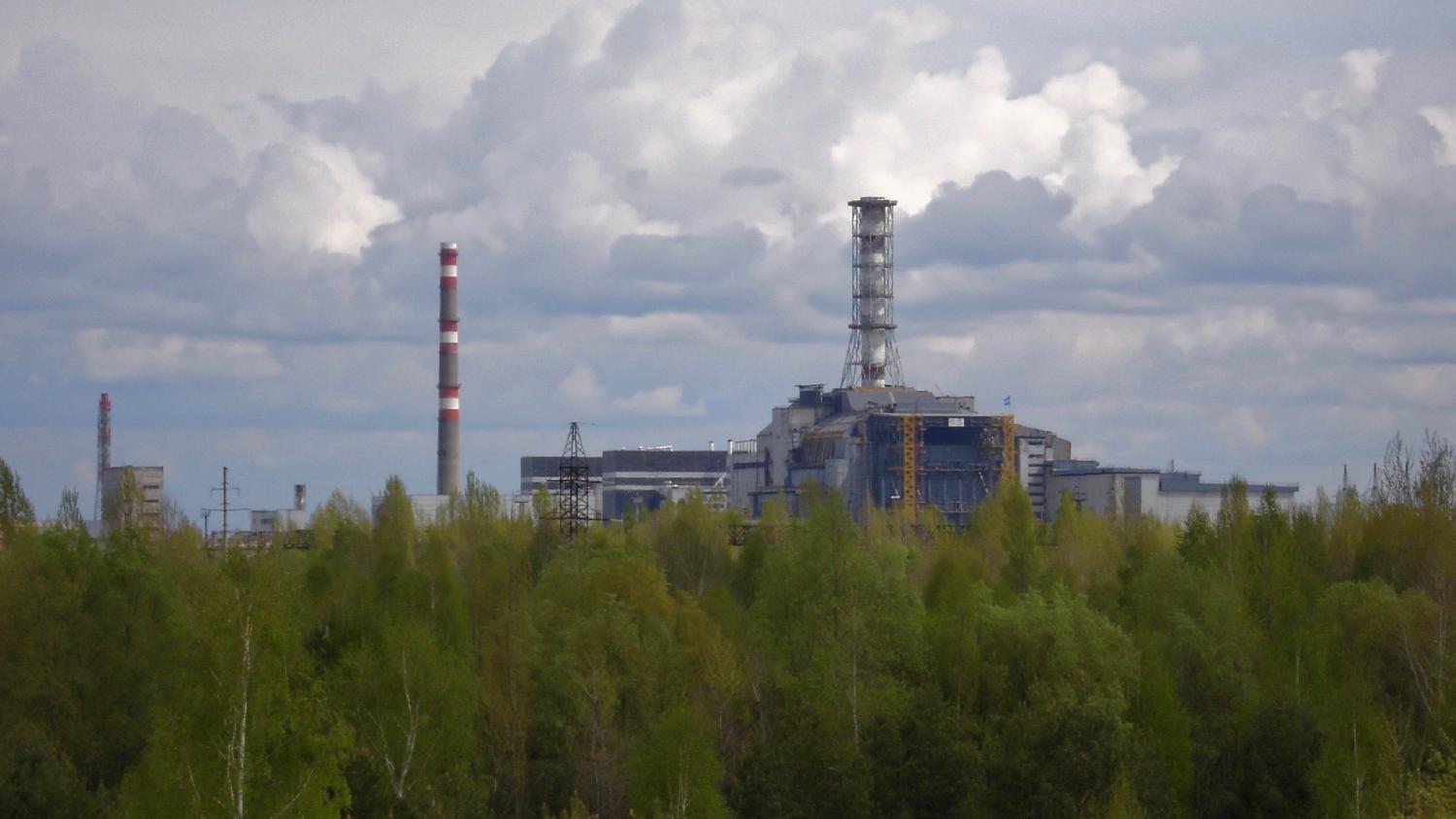
Among places that are off limits is the ghost town of Pripyat - in order to enter it you need a special authorization. My friend’s father was working at the Chernobyl Nuclear Power Plant before the disaster and has lived in Pripyat. Once a year, on May 9, he is allowed to enter the ghost town and bring visitors with him - that’s how we got inside.
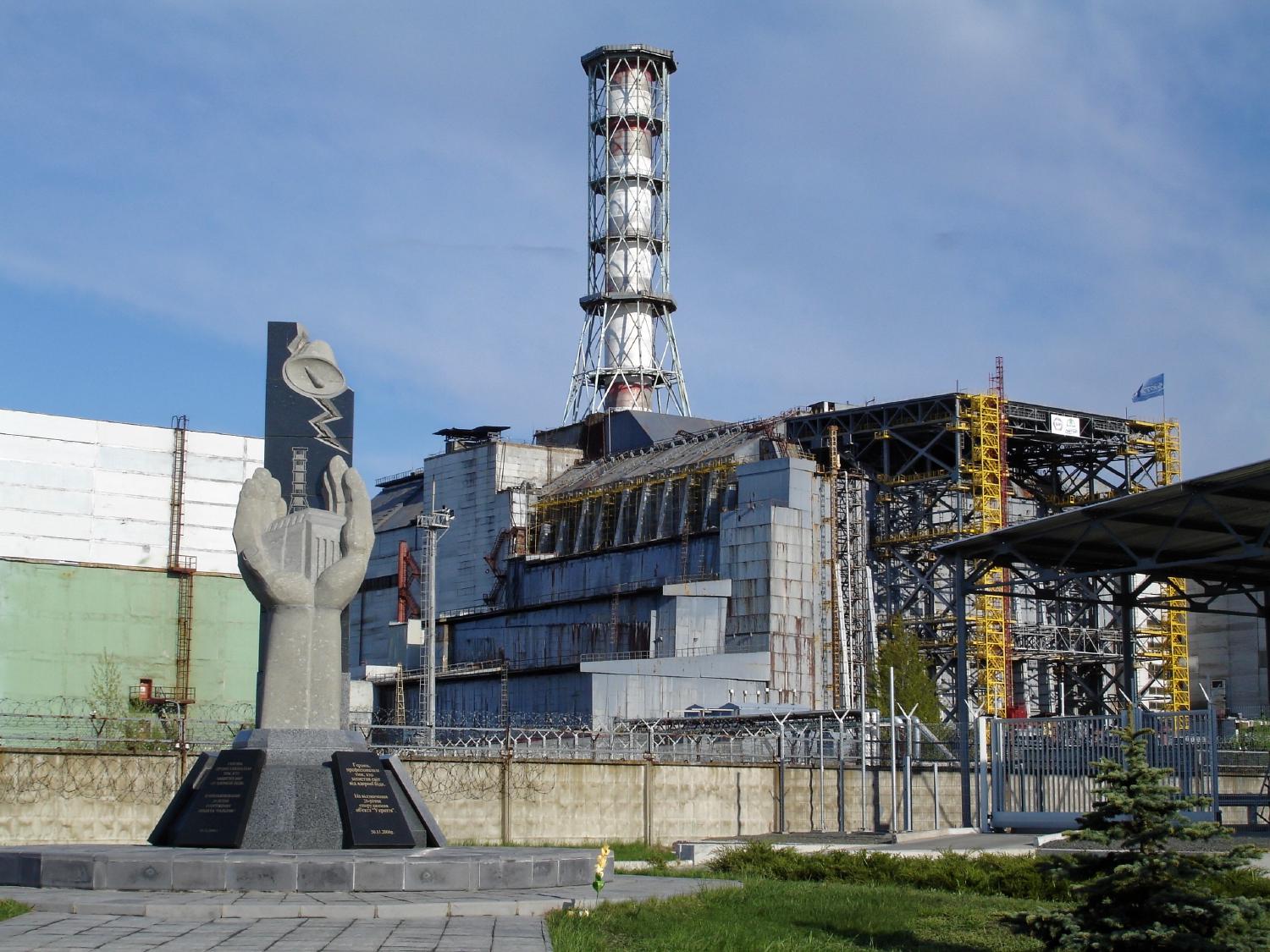
Since we were coming into The Zone from the city of Kyiv, Ukraine before entering the ghost town we made a stop near the power plant itself as it was on our way.
In 2016 Unit 4 was covered with a new sarcophagus so the scenery is very different nowadays.
with portable Geiger counter
We had a portable Geiger counter with us and at any point of time somebody from the group was responsible for carrying it around and taking measurements periodically.
Slow crackling sound that you hear when reading is low, as near Unit 4, means that, meh, it’s better not to stay overnight over there but it’s OK to wander around for a while.
As we learned during our trip, when it concerns radiation it’s hard to assume anything. It can be relatively safe where you are right now but the reading can be critical just few steps away.
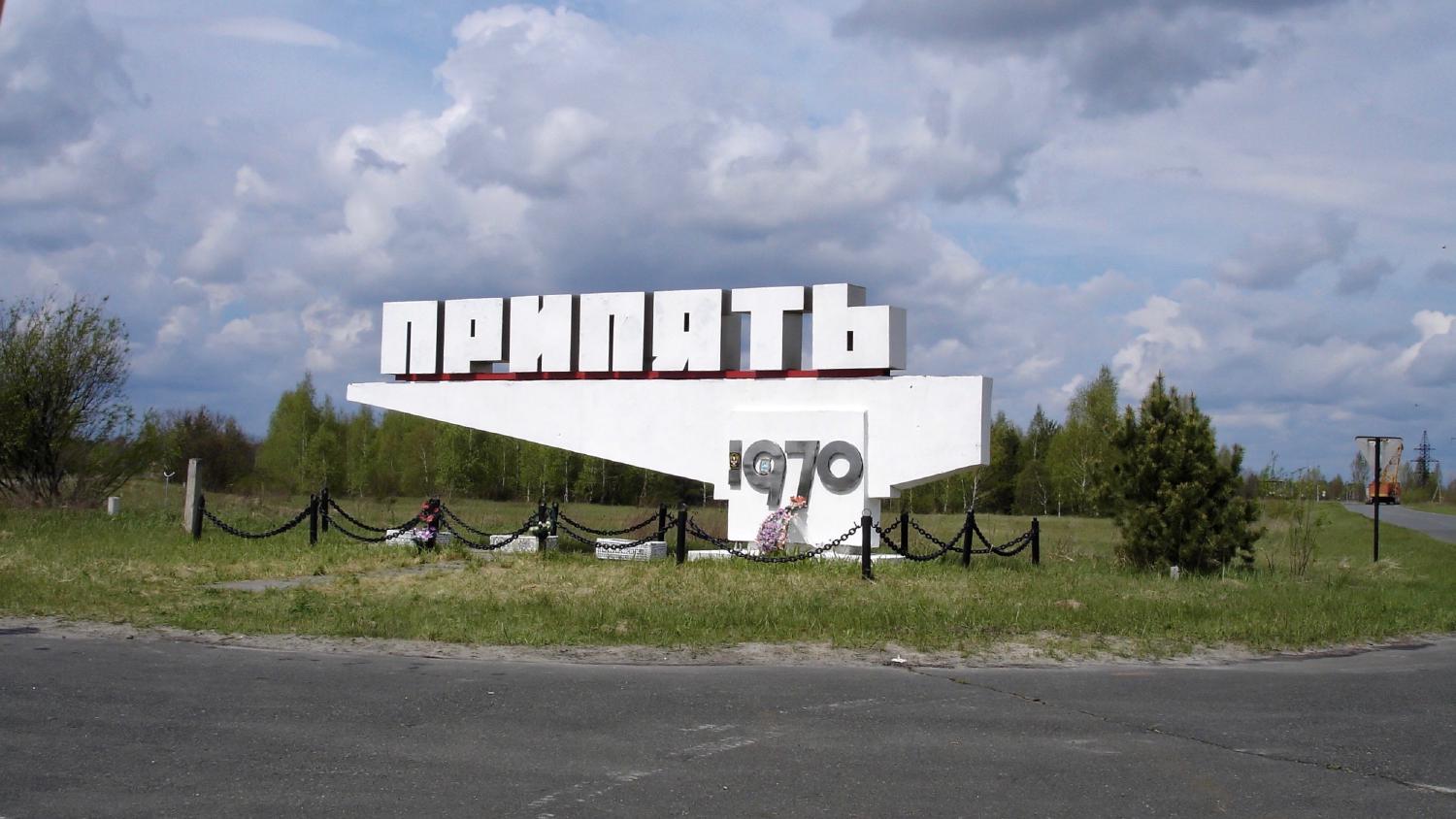
Even though the power plant itself is named over the town of Chernobyl, it is actually located closer to the town of Pripyat - you can get there with a car within 10 minutes or so. Roads are empty and to no surprise you rarely see anybody around. The only exception is parking at the security checkpoint.
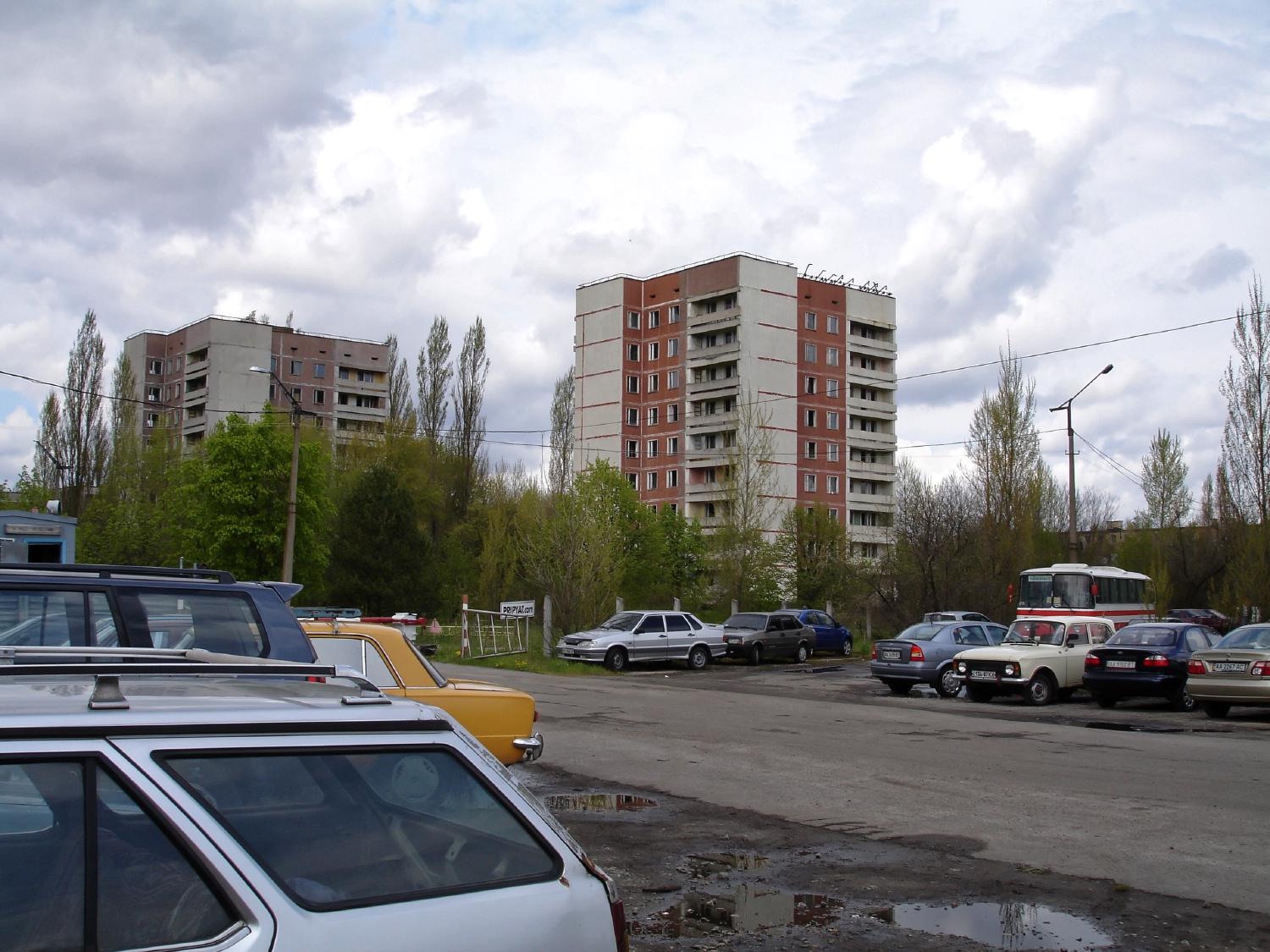
The ghost town is fenced around and no vehicles allowed inside. Before you can step in guards will check your documents and ensure that you don’t bring in anything that is prohibited. You supposed to enter and exit through the same gate.
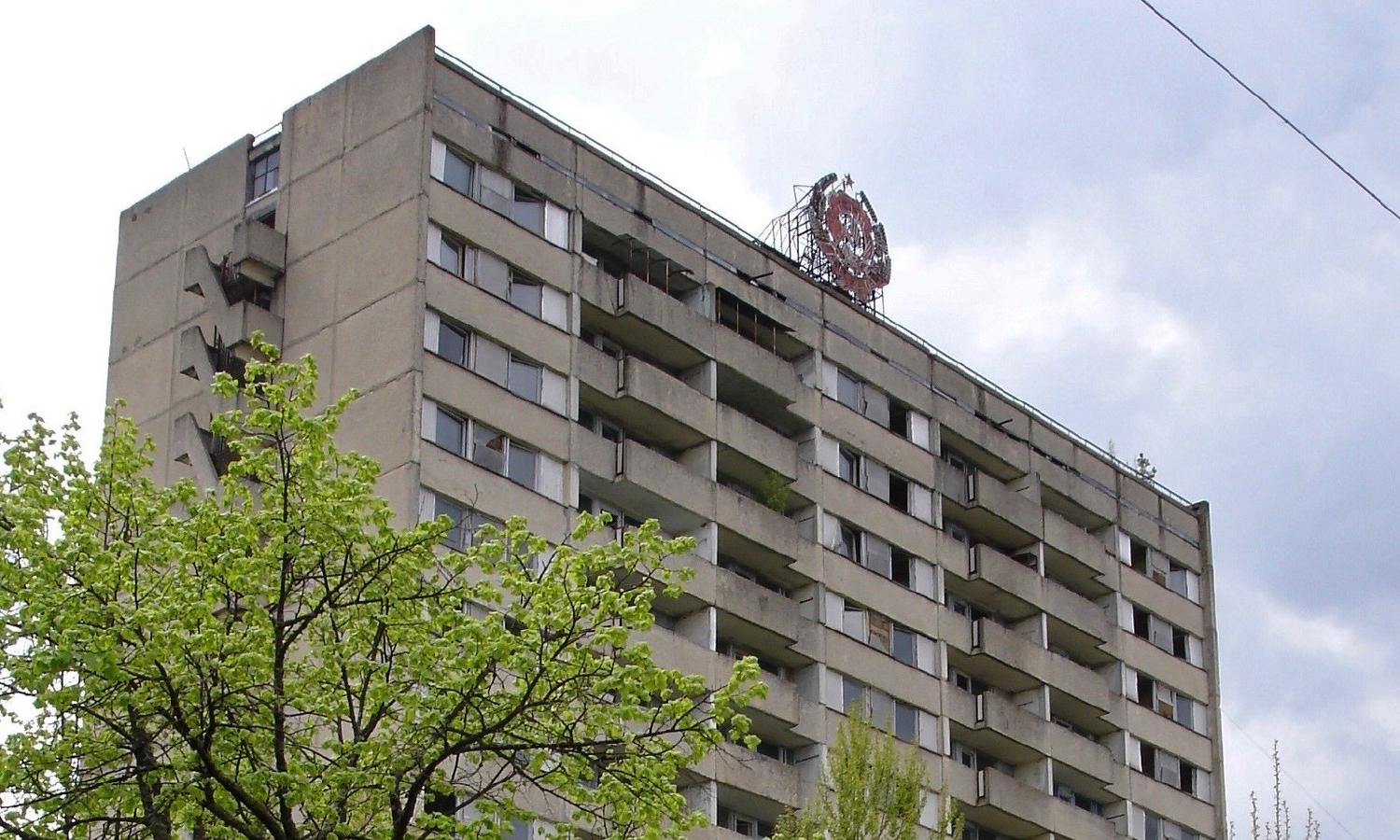

When the town was abandoned it was just a few years before collapse of Soviet Union so it feels as though time has stopped there.
Soviet slogans and symbolic are all around the place. Surprisingly enough, they preserved pretty good considering that nobody touched them for more than 20 years.
To the best of my knowledge, in Soviet years buildings were made by the same designs all around the country and didn’t have decorations of any sort. They had to stand and that’s it. Everything else - “architectural excesses”.
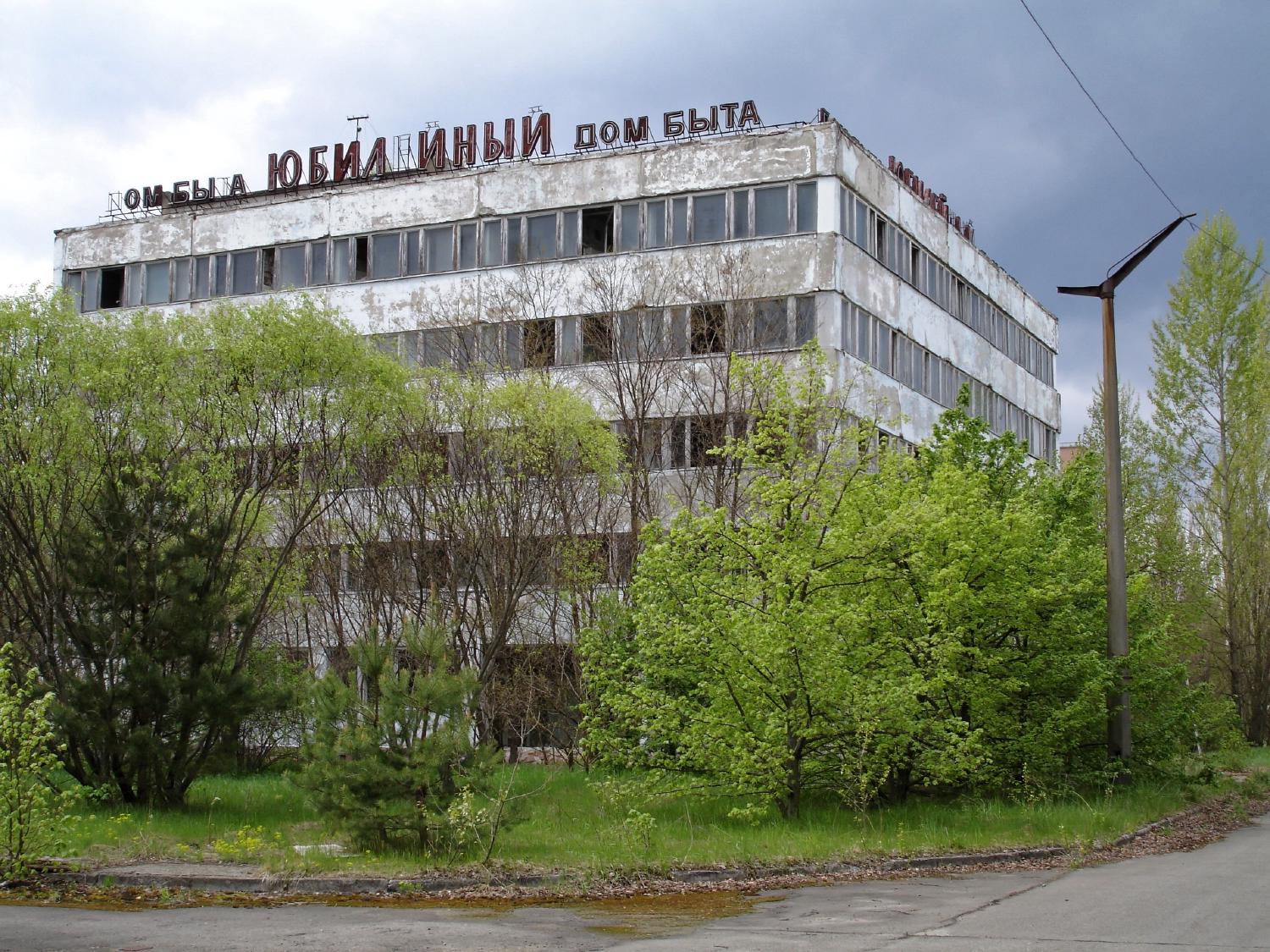
Considering the fact that those abandoned buildings are standing till today, apparently designs were not that bad. On the other hand, monotonic gray boxes all over the place create a depressing feeling.
Though, they’re perfect fit for the ghost town.
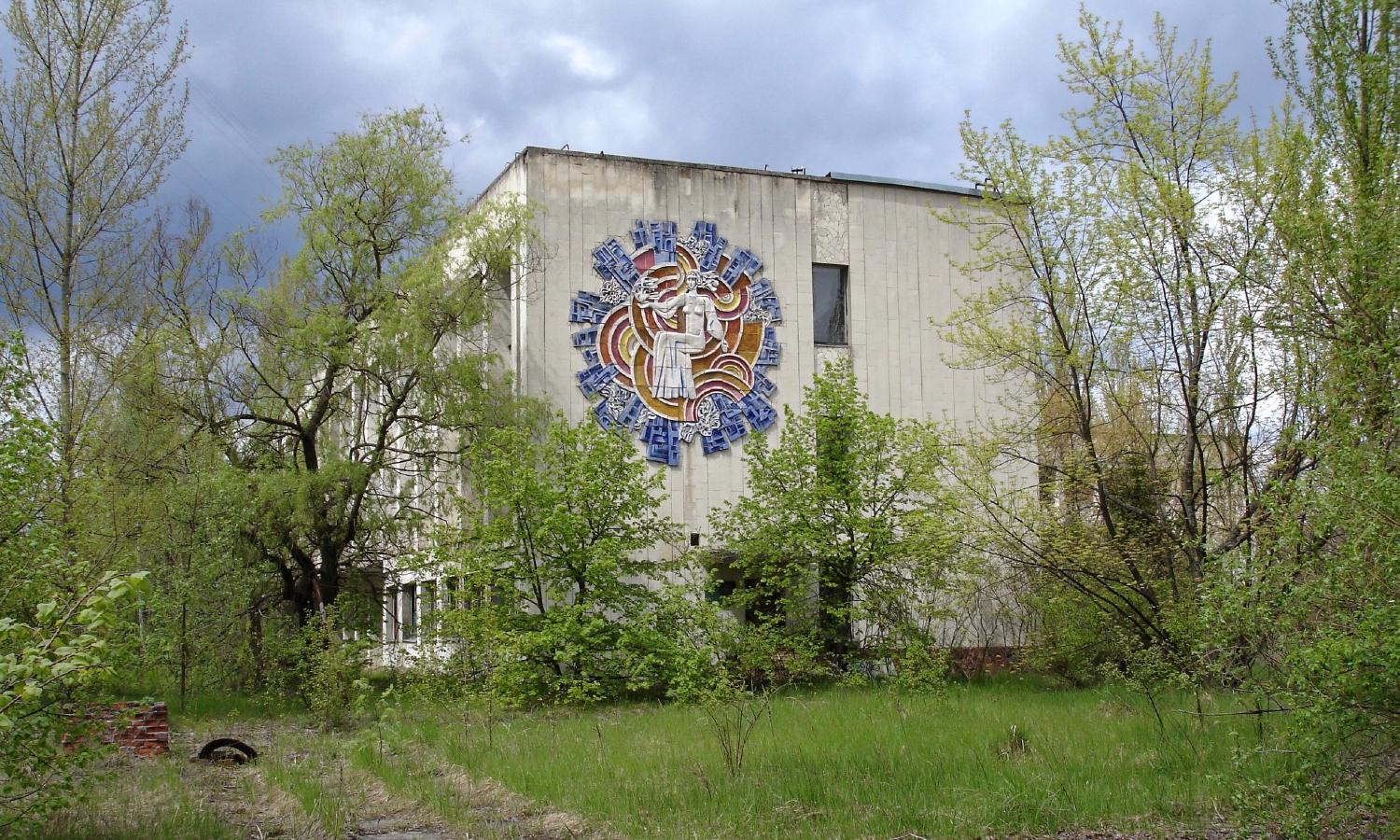

Apart from residential and utility buildings there are also recreational ones - a cinema, a school of arts, a hotel, numerous stores, cafes, pools and so on.
Apparently they had a purpose of alleviating the ambience and there some elements of decorations in their designs.
I hardly can imagine how all of that looked like few dozen years ago when the town had a population of almost 50 thousands and was rapidly growing, but these days the combination of Soviet art and wild nature around creates a mixed feeling of wandering through post-apocalyptic ruins of an alien civilization.
Actually, I think that’s exactly how I imagined Saraksh from Inhabited Island by Strugatsky brothers.
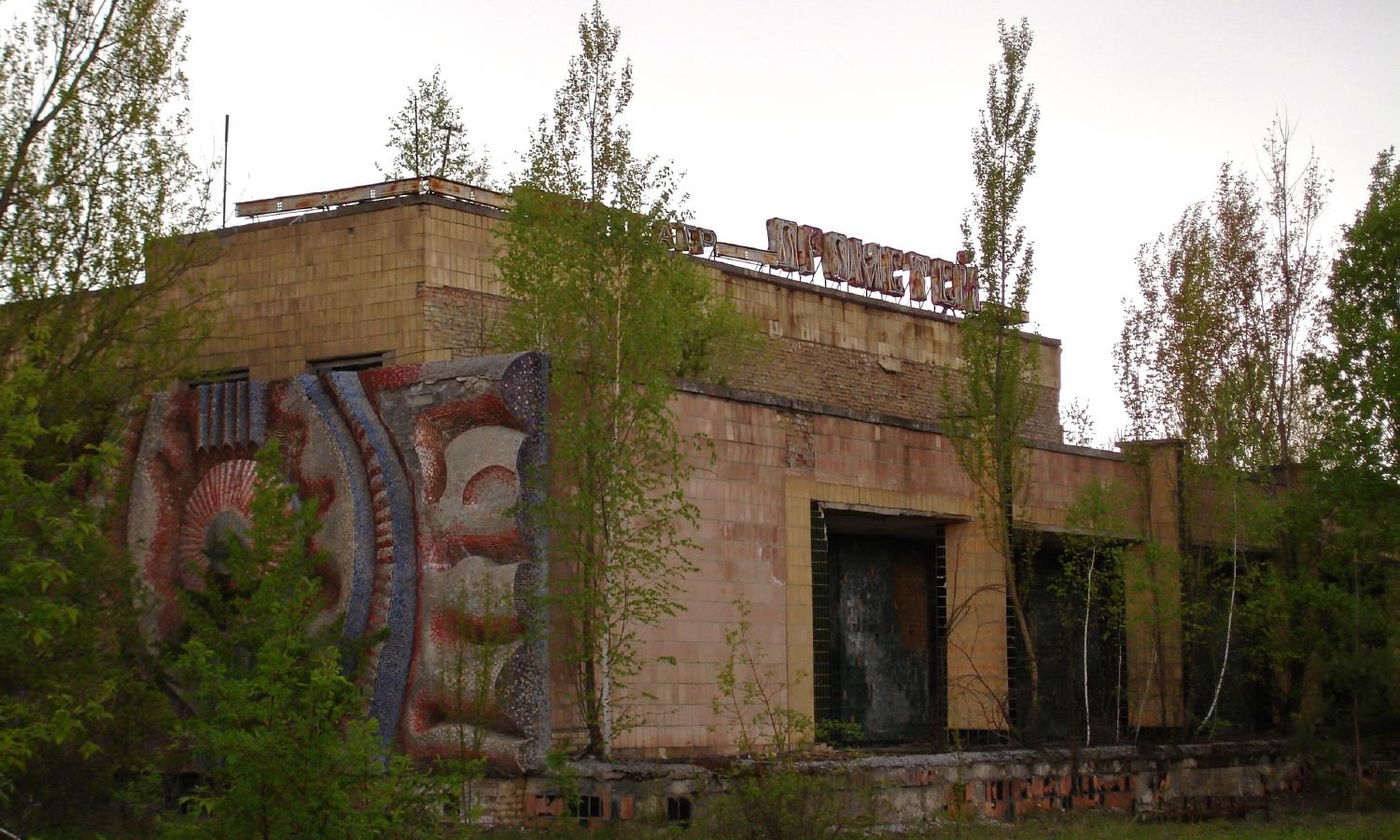
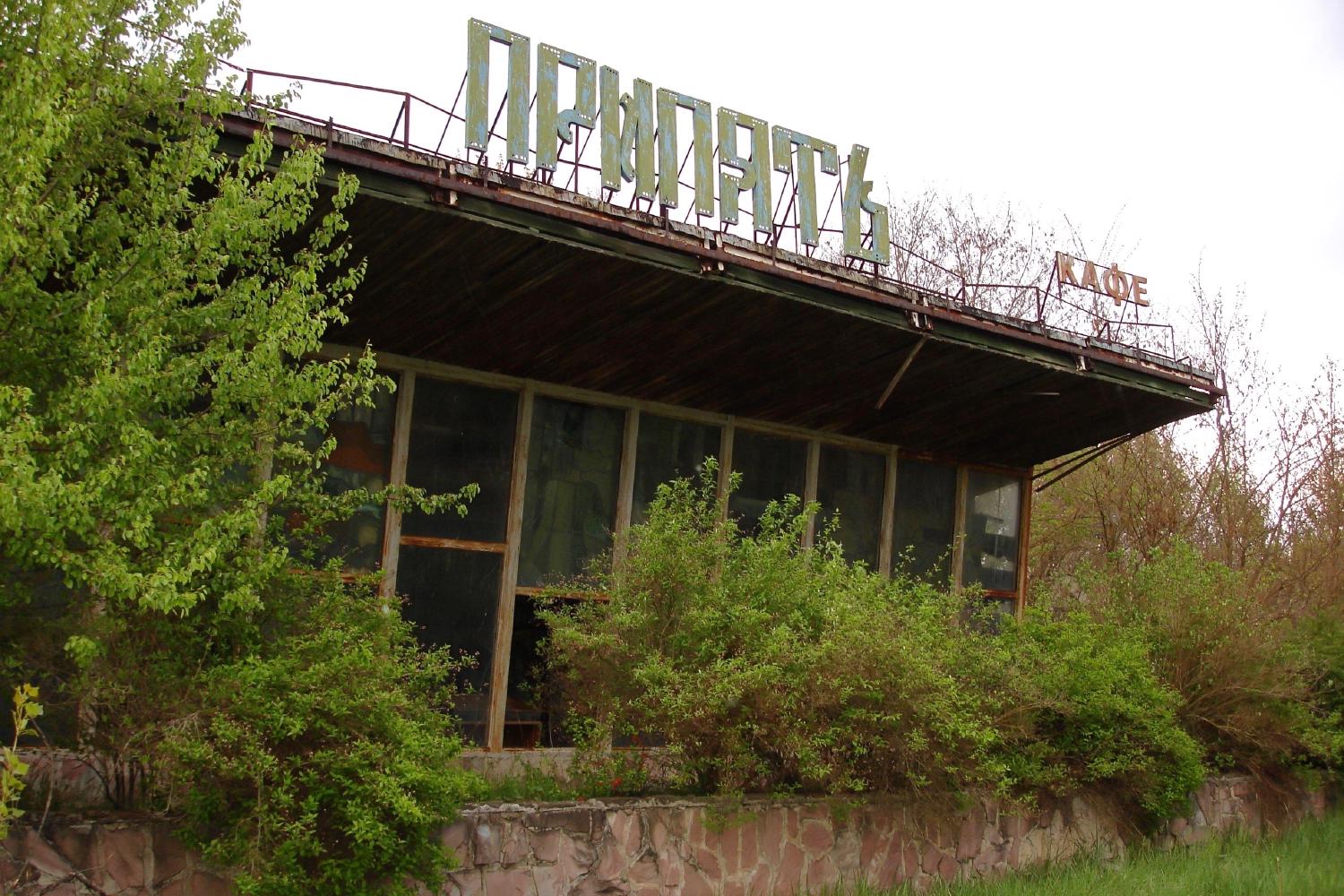
One of the “most famous” spots of the town is abandoned amusement park that never served its visitors - it was supposed to be a open within a week if disaster wouldn’t occur.
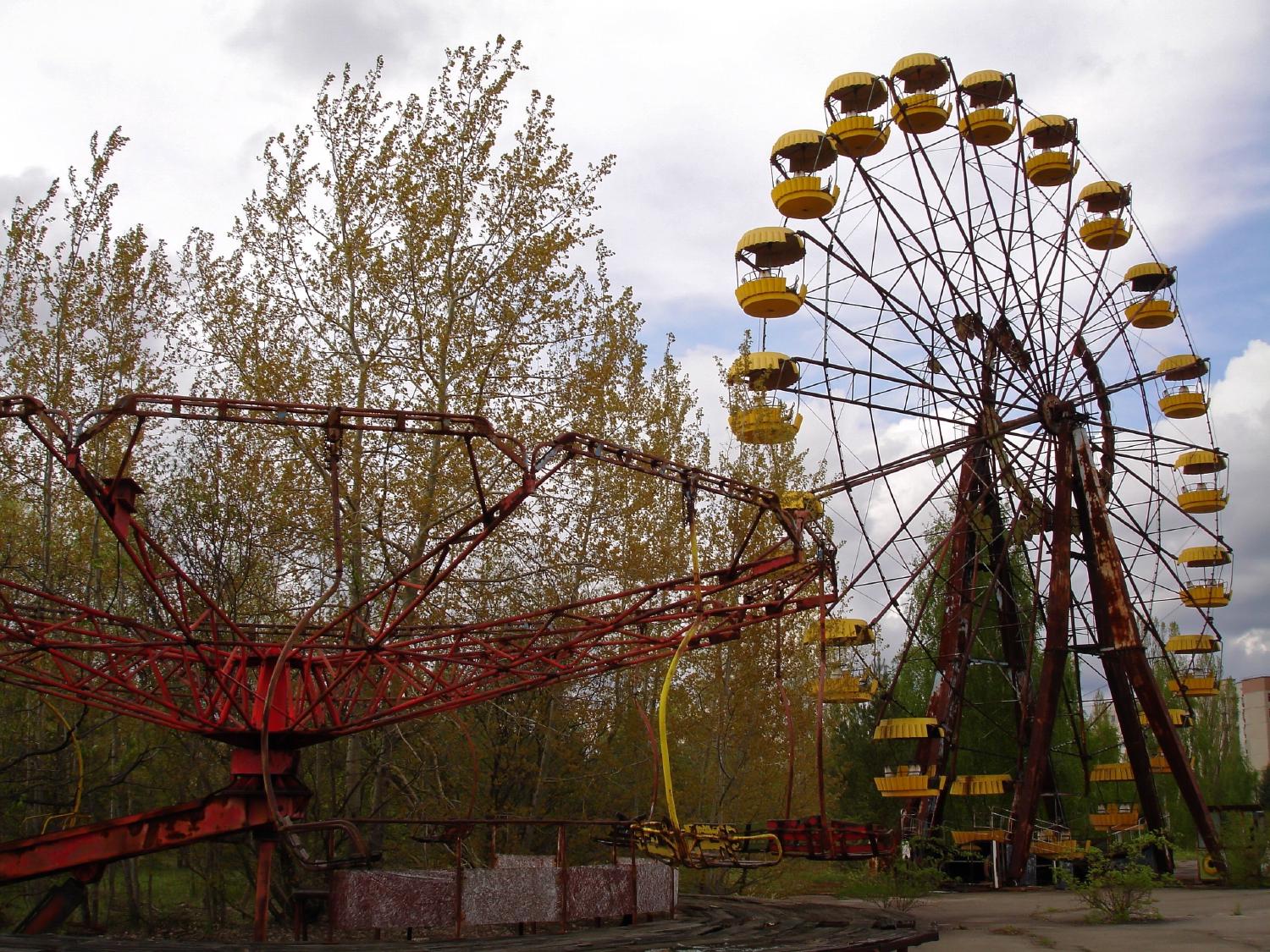
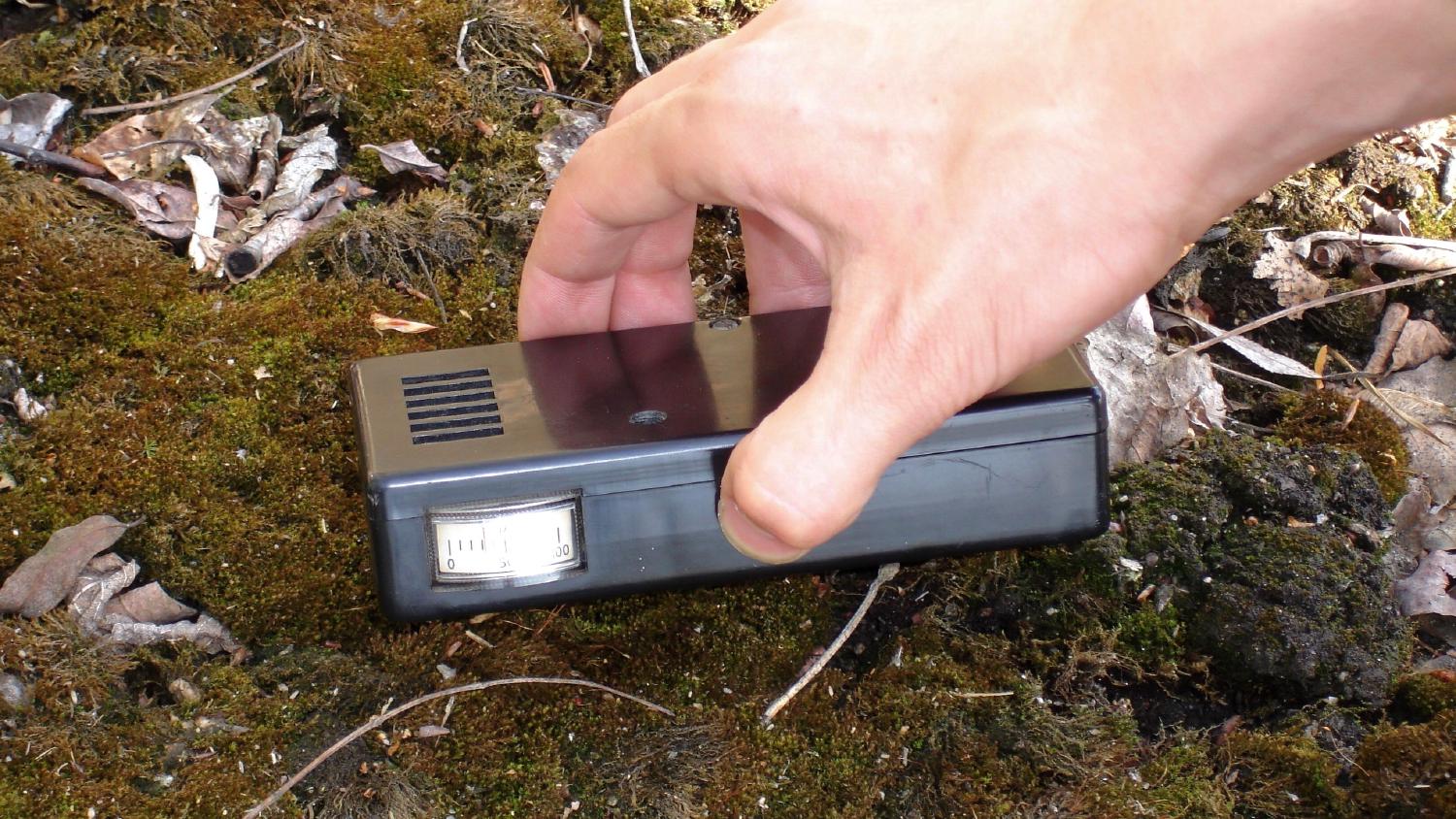
The radiation levels throughout the ghost town are more or less within safe limits, at least if we’re talking about a short visit rather than a long stay. Interestingly enough, the readings taken close to moss were way higher than near any other plants or objects around.
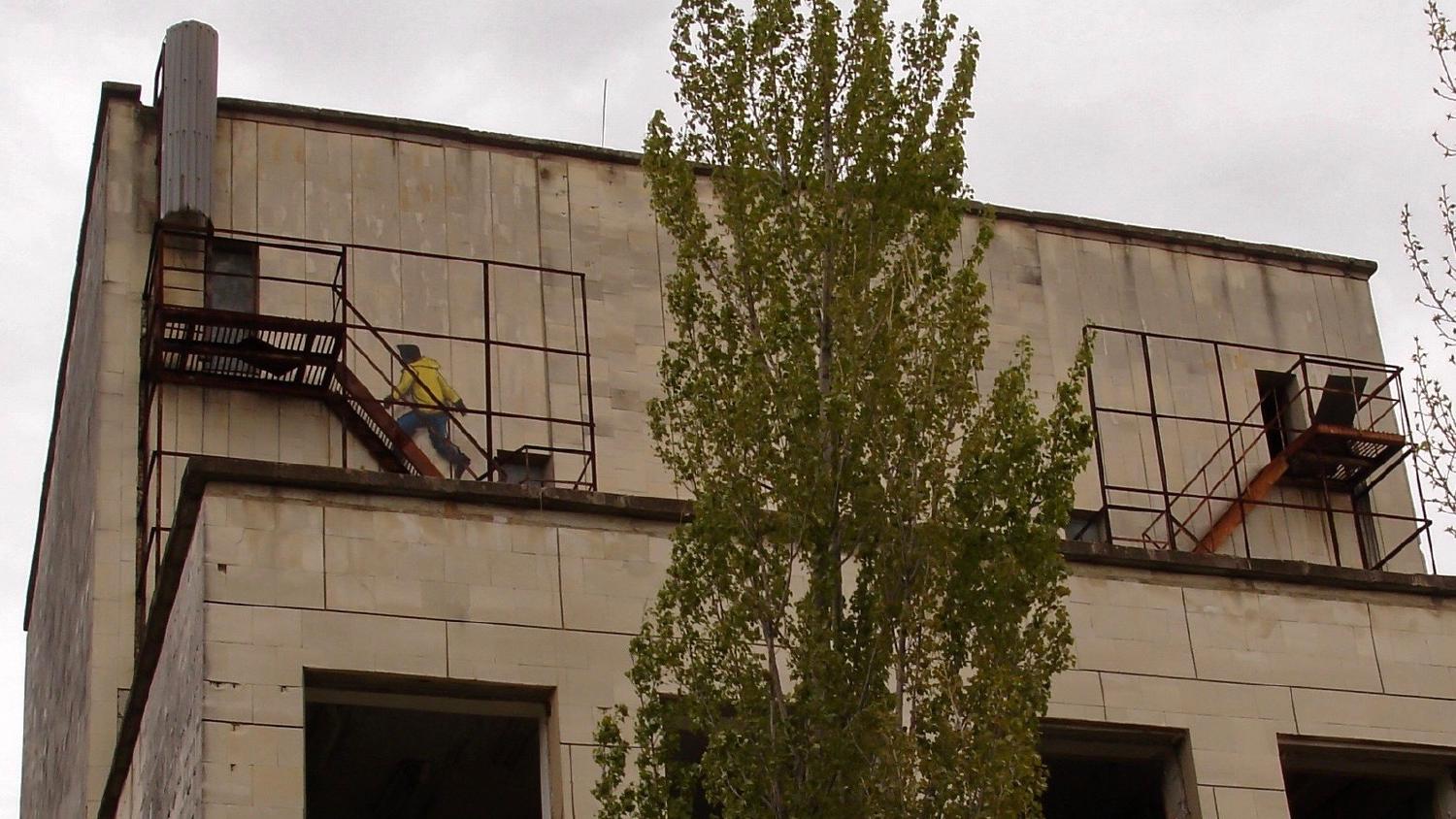
At some point, there was an art project that resulted in a number of graffitis appearing here and there. Unfortunately I don’t recall any details about it, but to the best of my knowledge there are many graffitis throughout the ghost town. To my deepest regret we found only few of them. Would I plan to visit Pripyat again I’d do a thorough research beforehand to catch as many of graffitis as possible.
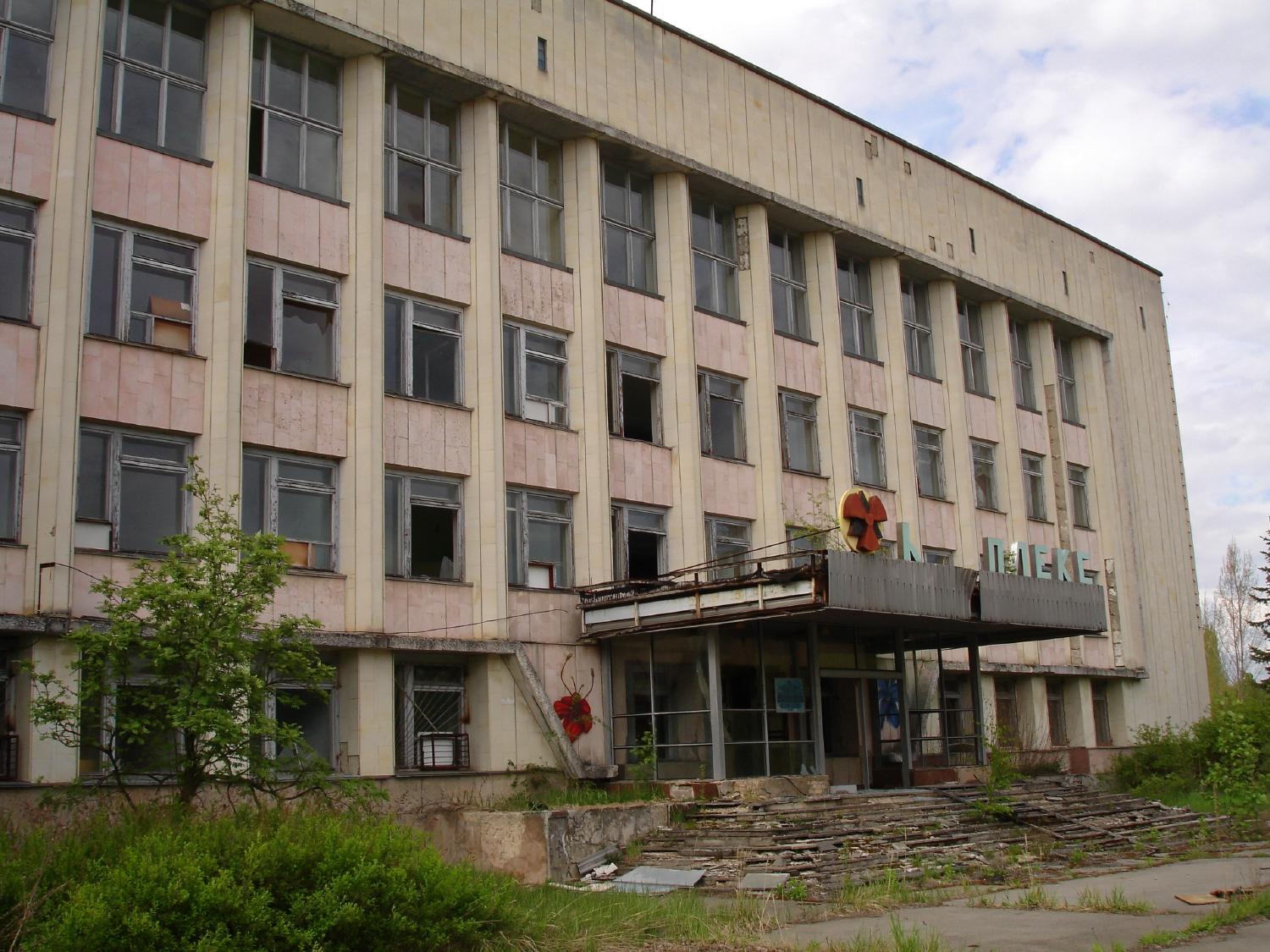

Even though the town was closed ever since the disaster it was heavily vandalized over the time.
Bringing anything out of The Zone is strictly prohibited by the law and over the time Ukrainian government has intensified punishment for that.
There are several security checkpoints on the way out where guards will use special equipment to check the radiation level of your belongings.
At least that was the case 10 years ago.

There is no way this clock stopped the moment disaster occurred but we adjusted it slightly to make a more ambient shot.
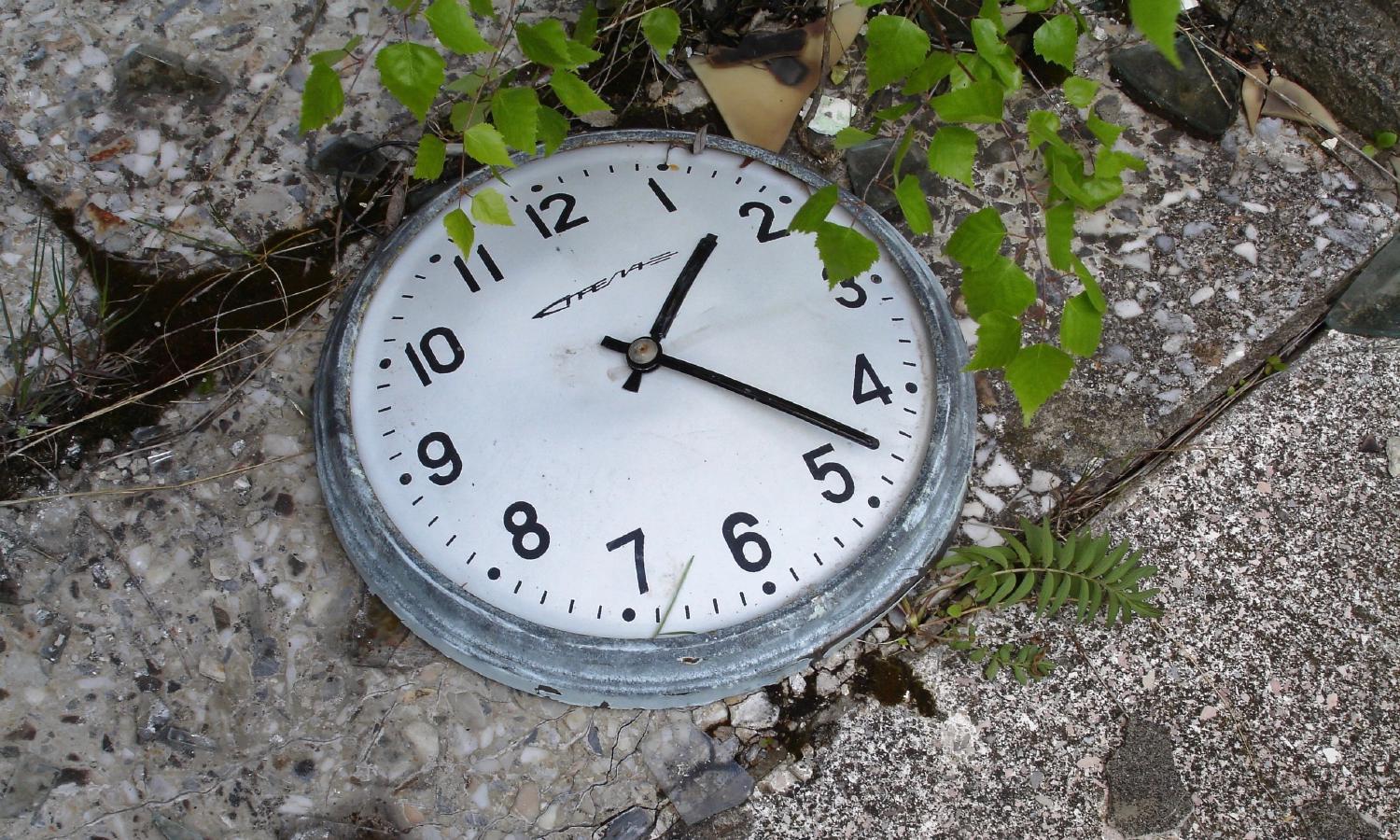
Before leaving the ghost town we also stopped by one of residential buildings. It’s actually pretty risky to enter inside or climb them as there are no guarantees they will not fall apart.
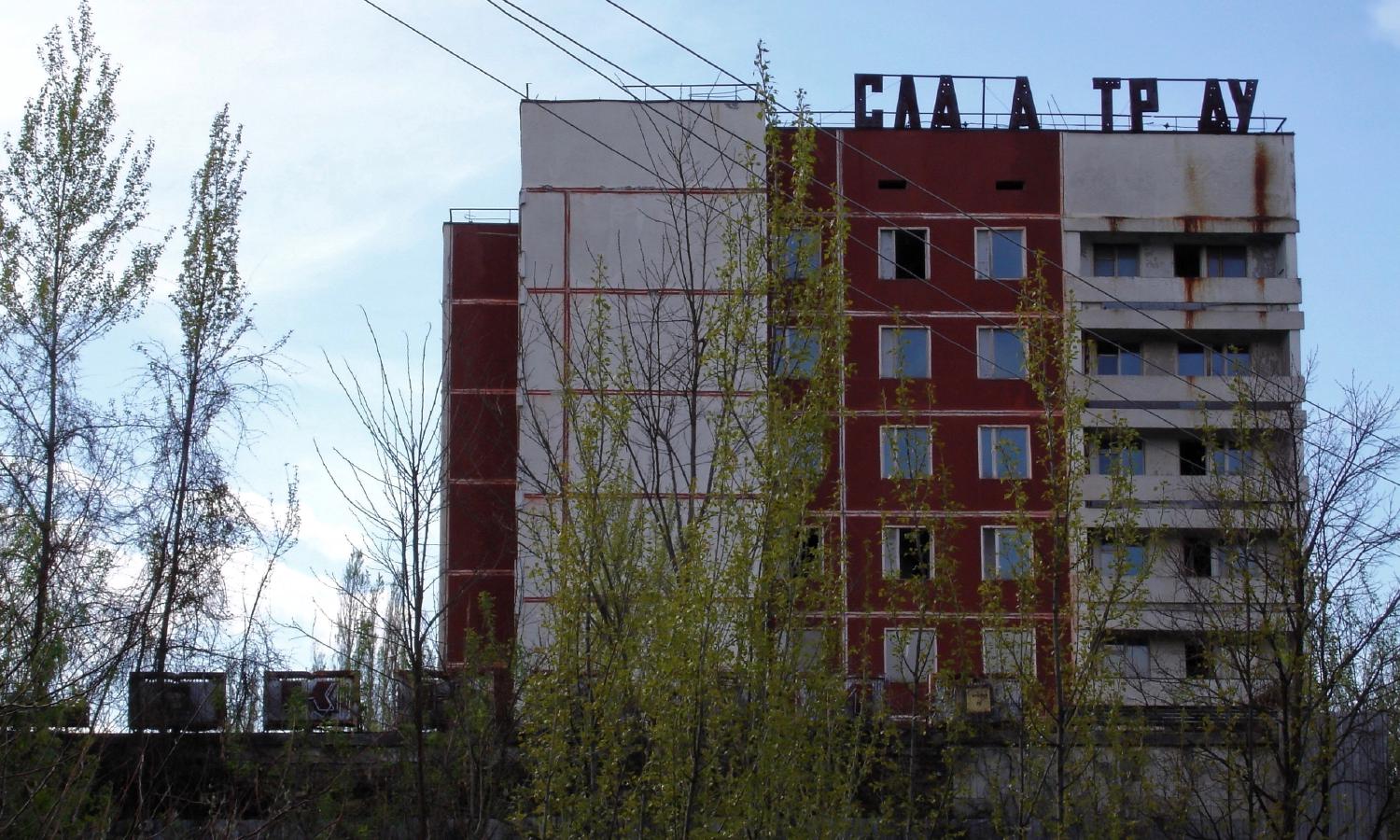

Once inside a building, you can enter any of apartments - there are no doors left and there is almost nothing in the apartments themselves. I’m wondering whether they were “cleaned” by authorities as part of getting rid of radioactive pollution, or by marauders that were operating in the town for decades neglecting the danger and filling black market in the country with radiation tainted goods.
Originally, when town residents were ordered for evacuation from the town it was expected that they will return within 3 days.

In order to speed up the evacuation, which began way later than it should have been, people were ordered to bring only the most important belongings with them leaving most of their possessions in place.
Instead of coming back in 3 days, they were never allowed to return officially and the mandatory evacuation zone expanded greatly to a roughly 30 km area around the power plant. Although, years after disaster there were some returnees or self settlers who came back ignoring the restriction and danger.
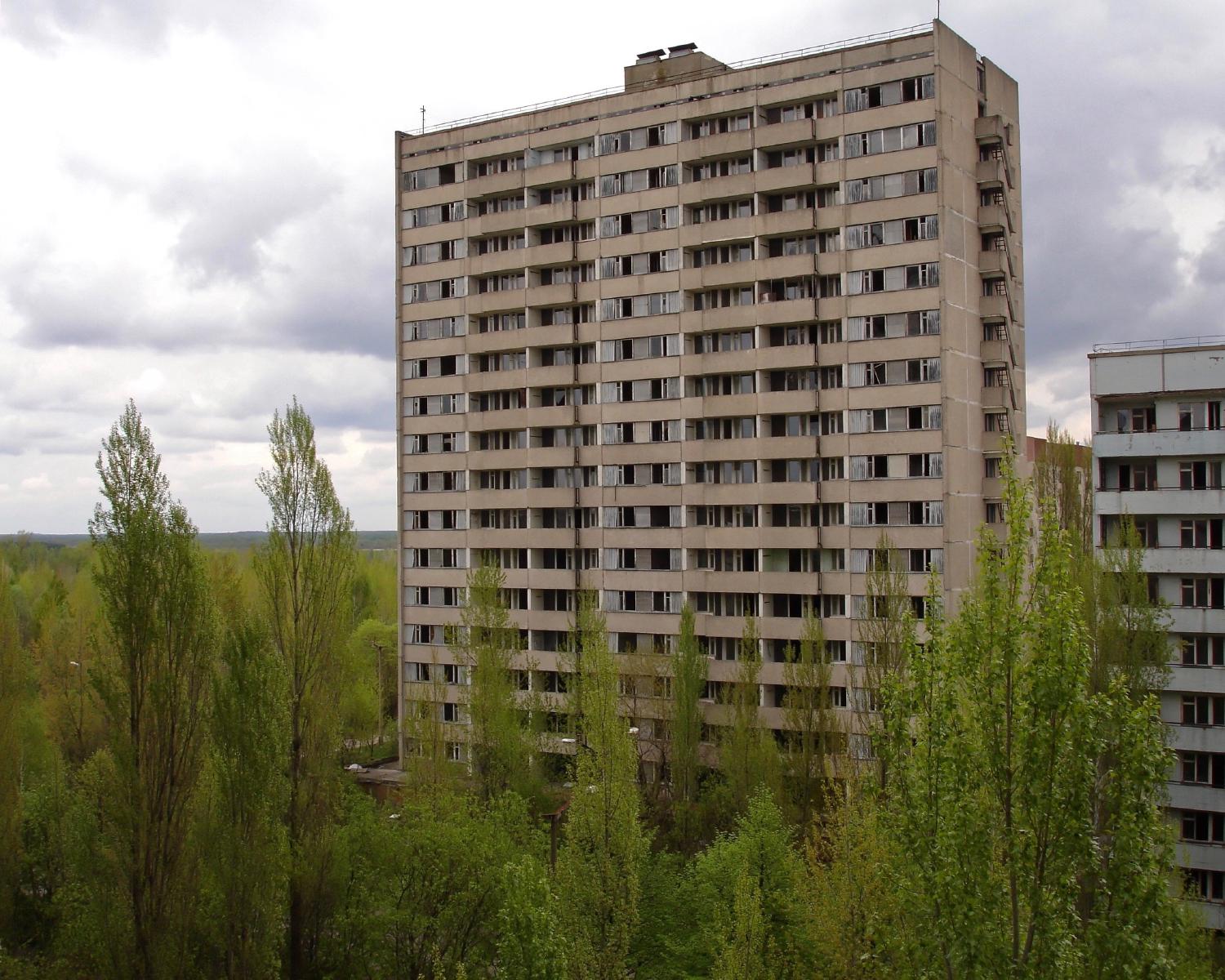
Climbing to the roof of the building the first thing that you notice is the power plant with its red pipe on the horizon.
It feels like a grim shadow of the town and reminds you that you’re not doing a picnic on a roadside.
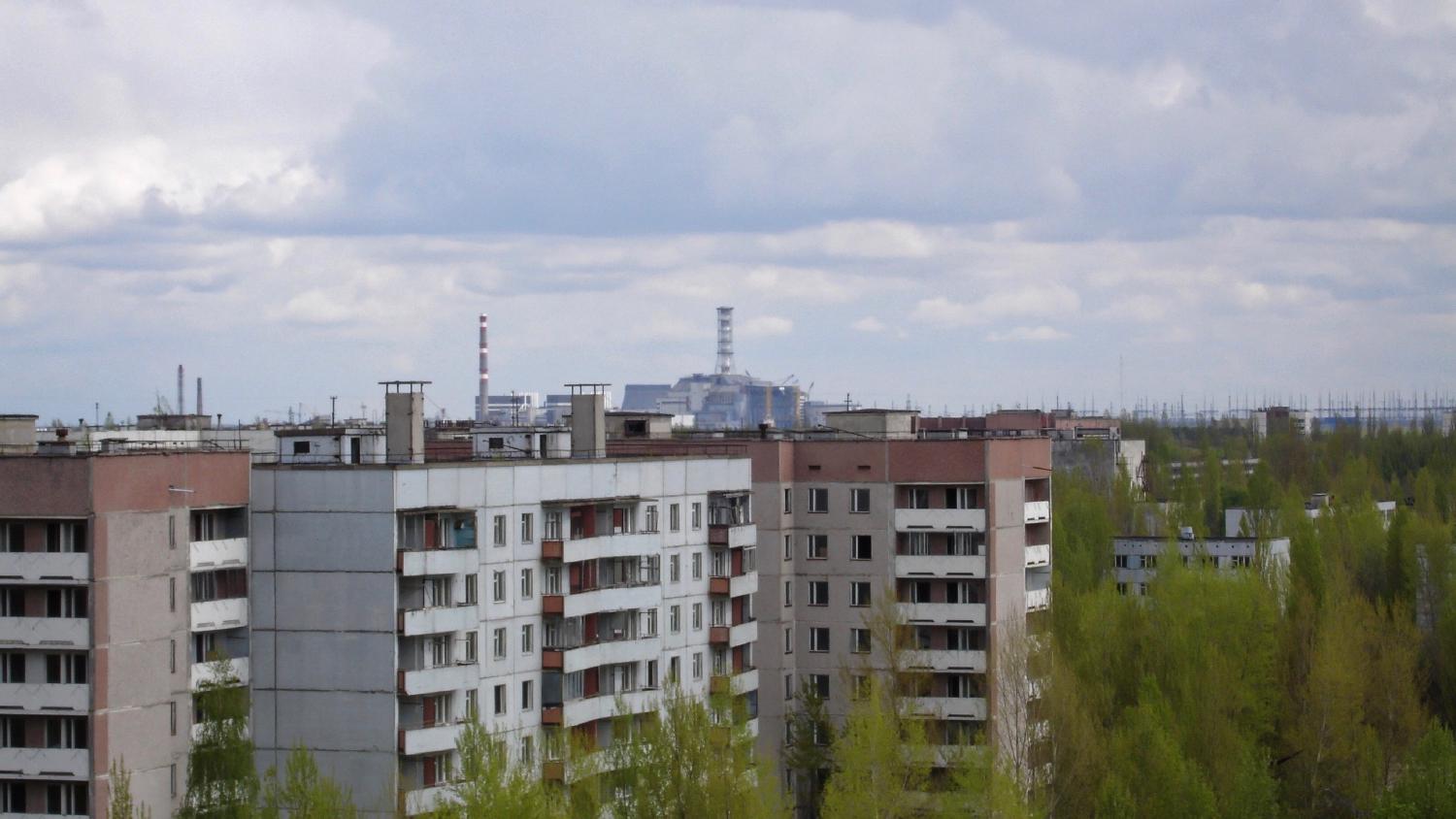
The rooftop surface is covered with a rubber to prevent rainwater from ruining the building. Apparently, rubber is very good at absorbing radiation and the readings taken from it are rather on the extreme side.
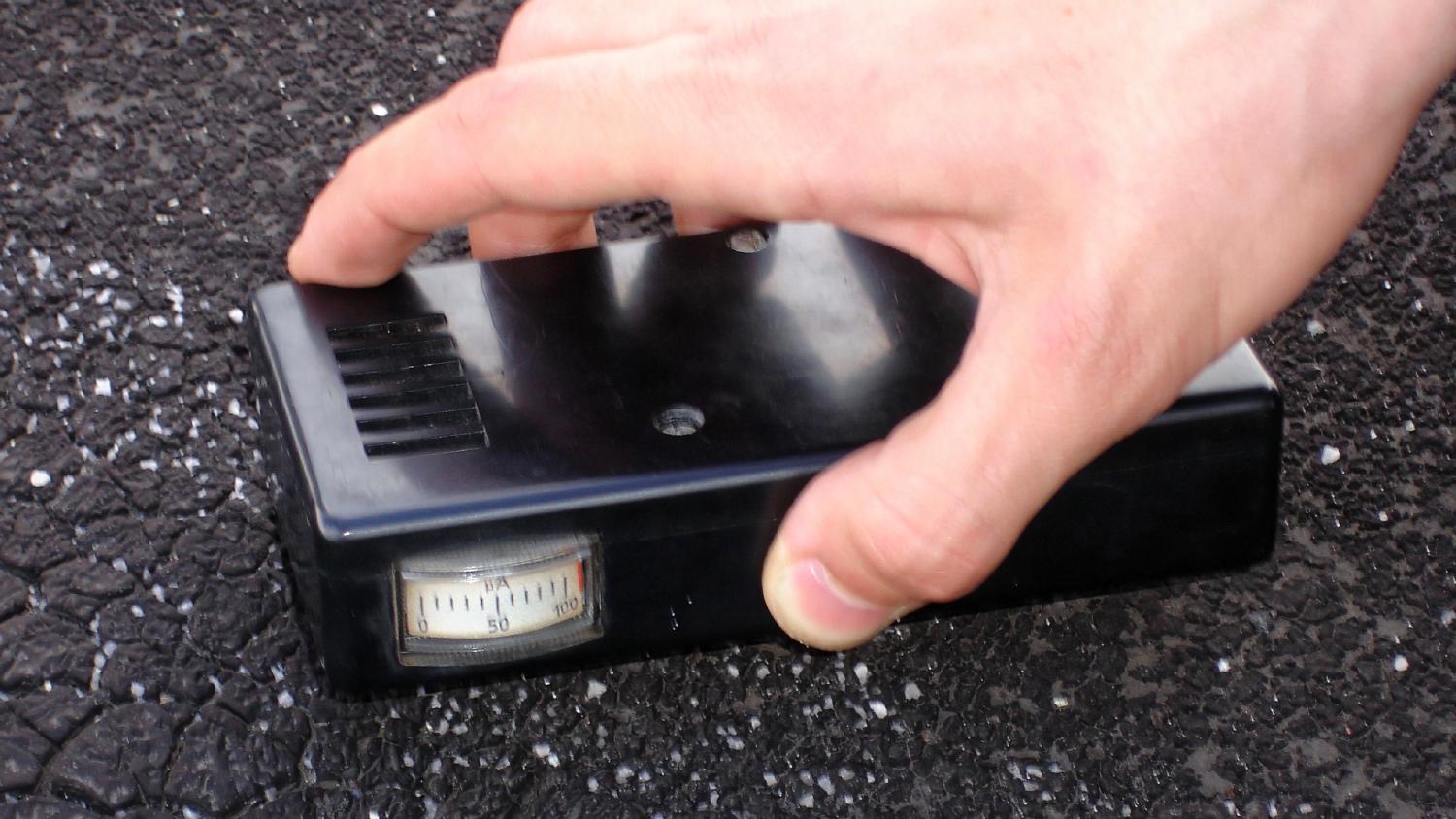
By that time it started getting dark and rainy so we decided to call it a day and leave the ghost town. On the way back we went through 2 security checks and our car was checked with radiation detector.
Inspired by the ghost town, I made a small animated music video from photos taken during the trip.
It uses Feeding Moloch by Naglfar as background music - hope they don’t mind that.
